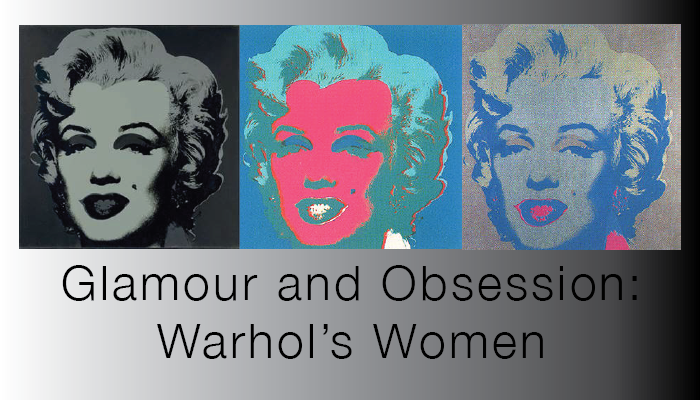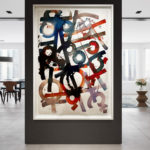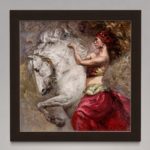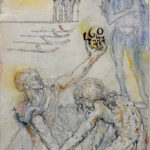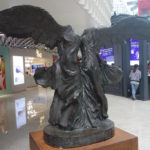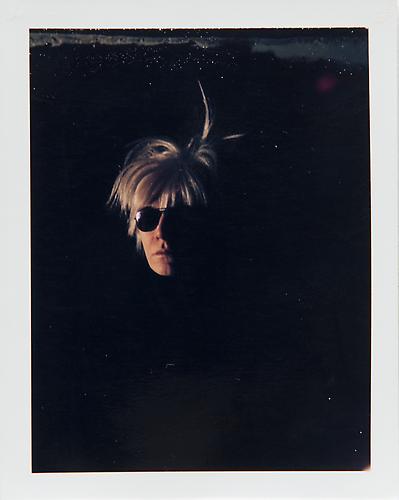
Almost synonymous with Andy Warhol is the concept of celebrity, and even more pointedly the starlets and “it-girls” of the day who he immortalized in timeless works of art. “Glamour and Obsession: Warhol’s Women” explores Warhol’s fascination with starlets and celebrates the painted figures whose influences are just as pertinent today.
Warhol’s depictions of women explore the relationships between consumer society, fame, fashion, sensationalism, and even death. Warhol’s starlets are anything but static portraiture; they both reveal and conceal the lives of the stars they represent and their particular relationship to Warhol himself.
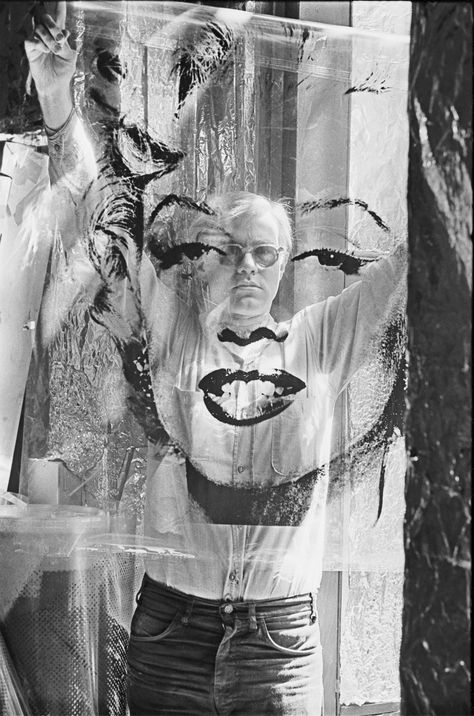
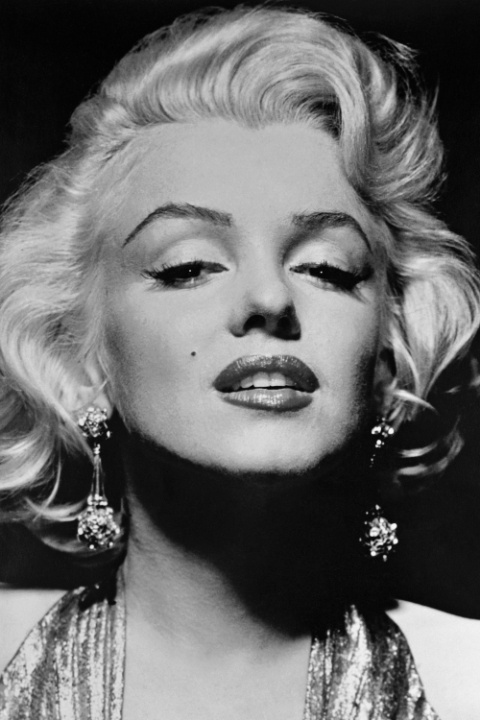

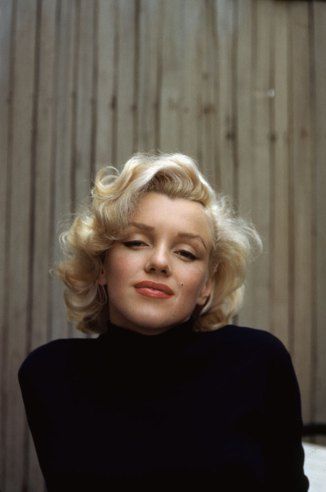
Best recognized perhaps are Warhol’s iconic representations of Marilyn Monroe. His varied use of line and color throughout the various prints shows the mechanized construction of Monroe’s public persona, and the artist’s decision to highlight her feminine and famed features. Her suicide provoked a worldwide scandal, and Warhol’s images provided fleeting sympathy and commemoration of the beloved idol. The drastic variations in color and shadow in Warhol’s Marilyn portfolio are evident of his efforts to erase the mark of the artist in the art process.

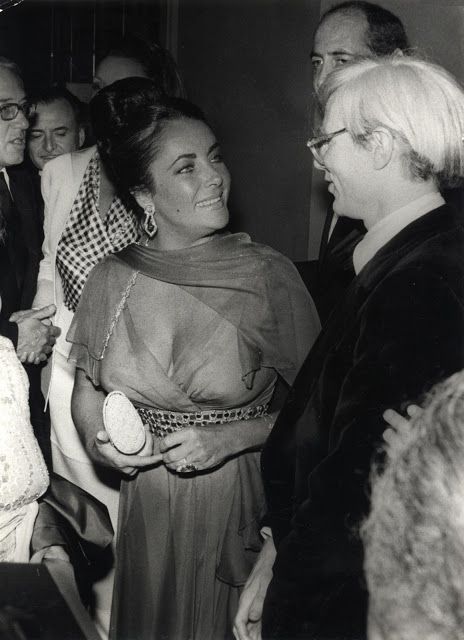
Warhol’s painted “Liz” image was a publicity photo from Taylor’s 1960 film “Butterfield 8” when the actress was 28 years old. Warhol added powerful and aggressive colors, decidedly contouring and perfecting her image—a chance for Warhol to immortalize one of his icons through his art. Elizabeth Taylor was recovering from an emergency tracheotomy in 1961 when Warhol first embarked upon the series. Tabloids and the general populace feared for her life, and Warhol relished in the opportunity to combine his obsessions of fame, celebrity, and morbid tragedy.
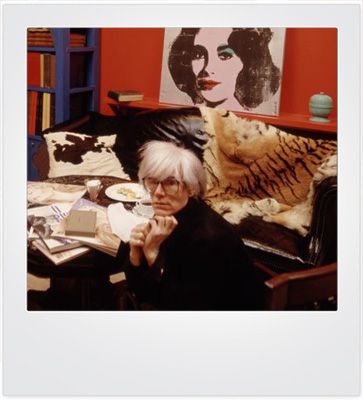
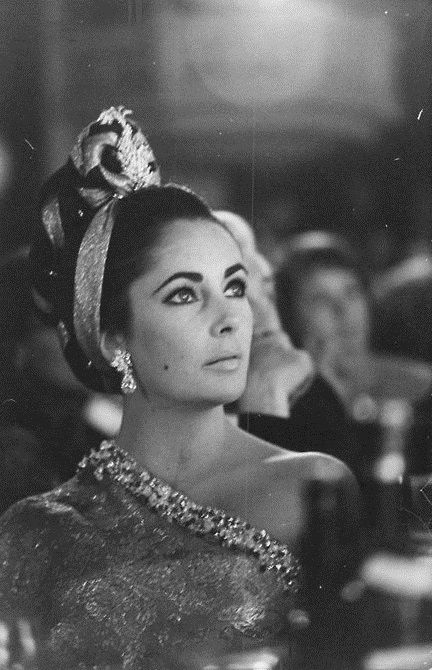
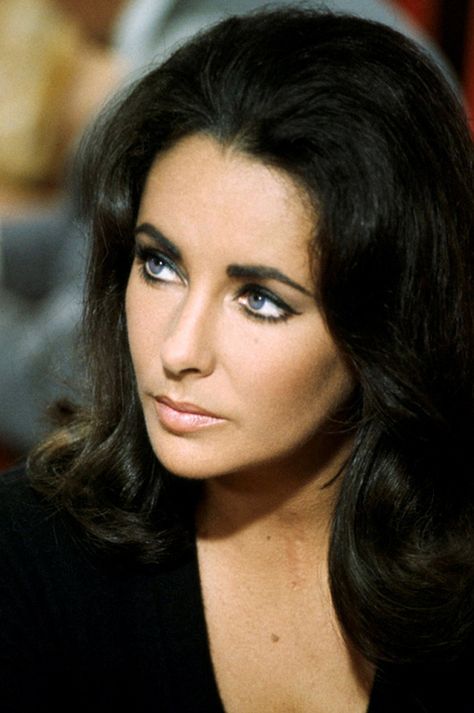

Greta Garbo was another celebrity idol Andy held dear to his heart, choosing to title his painting of her “The Star”. Part of his “Myths” series, Garbo stares at the viewer as the infamous covert German spy Mata Hari. Alongside other powerful American icons such as Uncle Sam, Howdy Doody, and The Wicked Witch, Garbo is truly the “Star” and maintains a powerful dignity in her notoriety that Warhol would have found enviable, and representable.
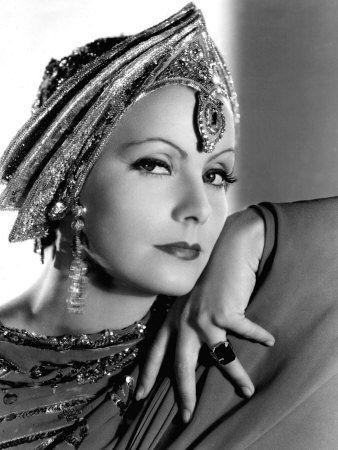
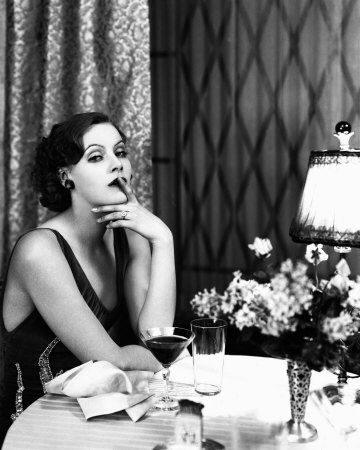


Produced by Warhol ten years after Garland’s untimely death, Warhol depicts Judy Garland as the epitome of celebrity and commodity in her iconic advertising campaign for Blackgama furs with the nostalgically famous question: “What becomes a Legend most”? Warhol’s Garland is the embodiment of the duality that Garland lived as an world famous actress; she is unmistakably human in her stark contrasts but superficially perfected with expressive colors and glamorous product placement. Garland is like one of Warhol’s Campbell’s soup cans, completely commodified and then subverted to the realm of high art.
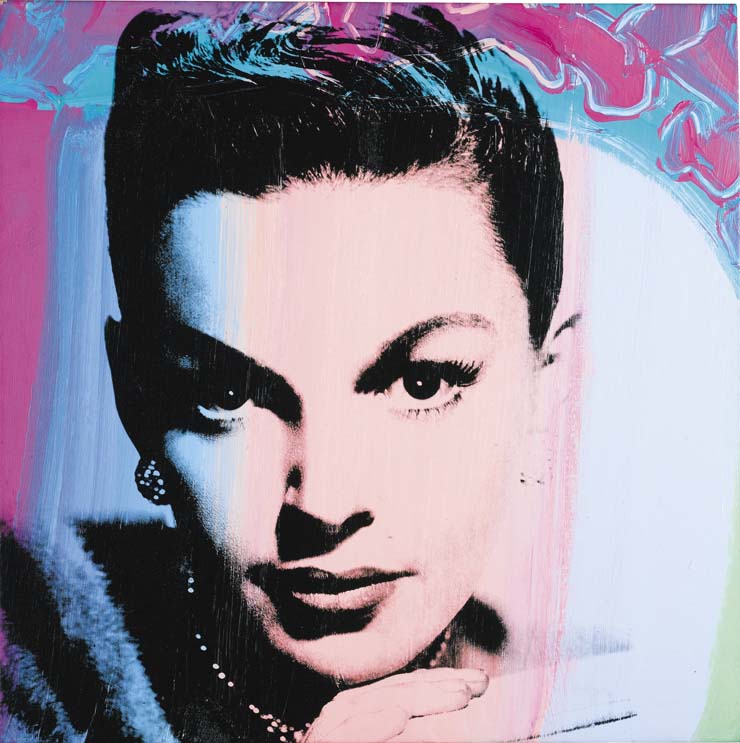
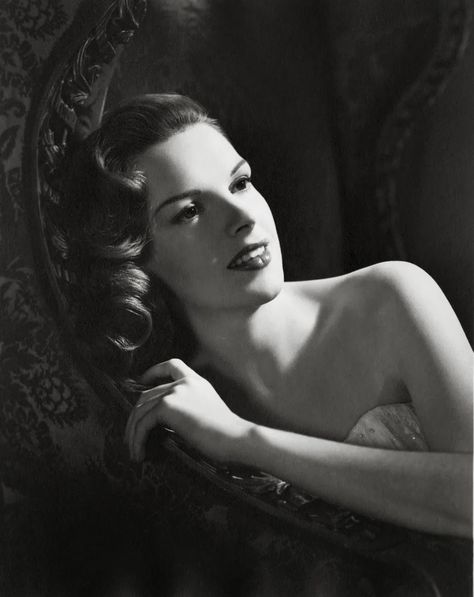
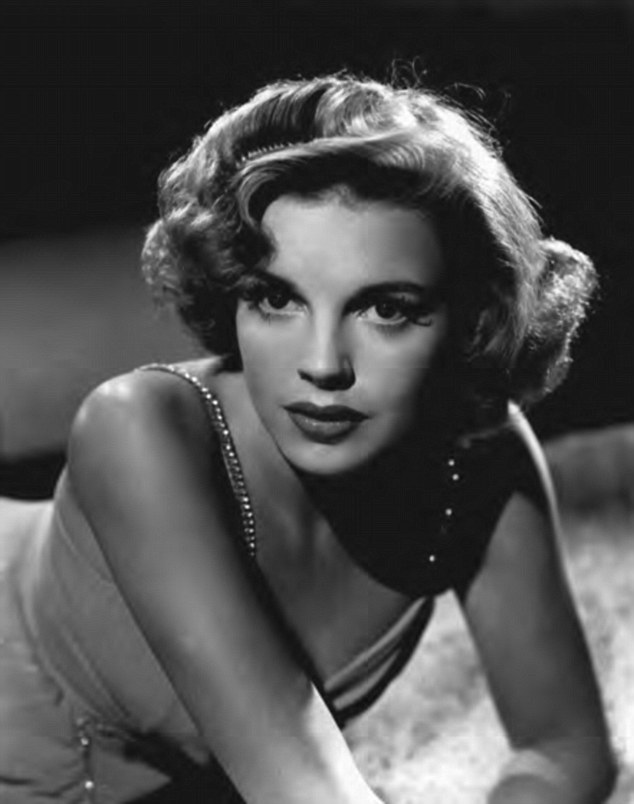

In line with the other starlets, Warhol’s preoccupation with Grace Kelly arose in a morbid fashion two years after her death by stroke. A fantastic likeness is produced in vivid colors through Warhol’s signature silkscreen process: however just like the tabloids these women were represented in, Warhol’s starlets are captured in a messy, immediate, precise moment. Kelly is perfected in Warholian fashion with fantastical details of line and color that highlight her famed features.
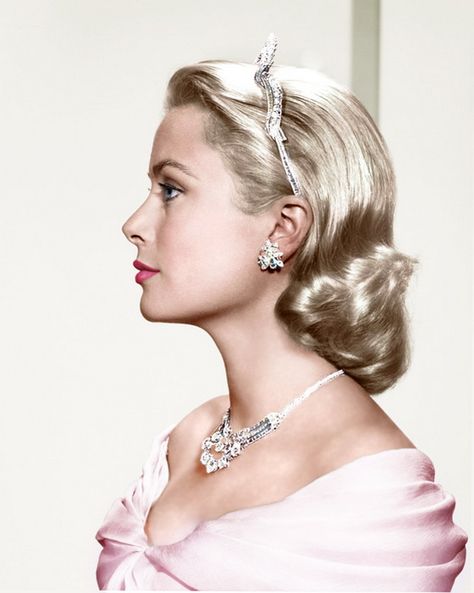
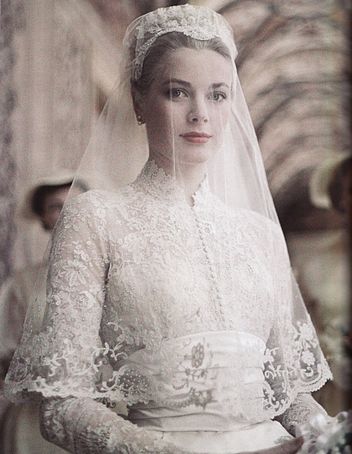
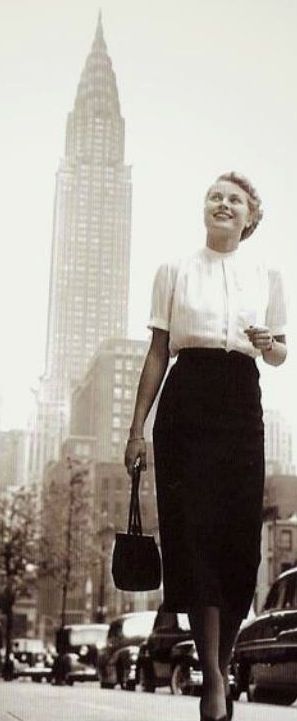
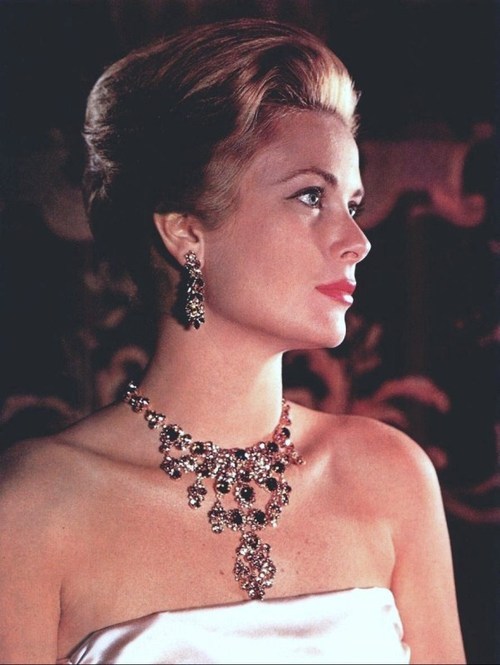
In tandem Warhol’s love for the celebrity and the superficial, was his love for women, the power of the feminine, and the mechanized process of routinized beauty. While Warhol started out just like the majority of star-struck fans, upon the advent of his own fame he was able to form meaningful relationships with his idols.
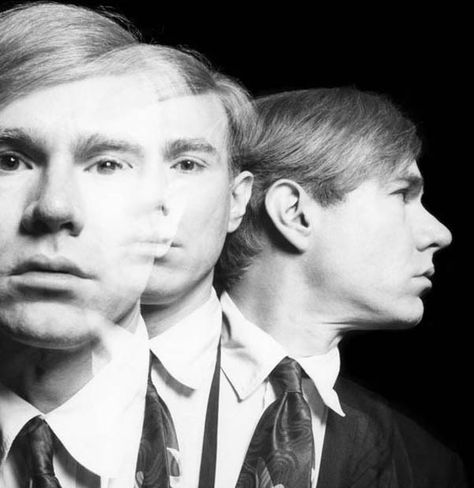
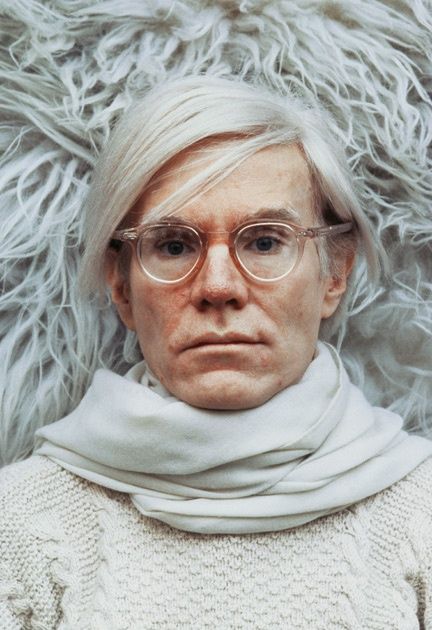
Glamour and Obsession: Warhol’s Women © Robin Rile Fine Art
Andy Warhol Prints and Original works available through Robin Rile Fine Art
Contact: info@robinrile.com or (813) 340-9629

